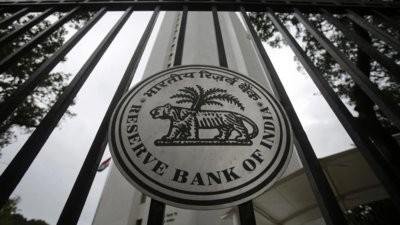RBI Holds Repo Rate at 5.5% to Support Growth Amid Global Trade Woes
In its latest monetary policy announcement, the Reserve Bank of India (RBI) kept the key repo rate unchanged at 5.5%, as widely anticipated by market watchers and economists. RBI Governor Sanjay Malhotra, addressing the media on Wednesday, said the decision was taken unanimously by all six members of the Monetary Policy Committee (MPC) after a comprehensive review of domestic and global economic conditions.
The repo rate — the rate at which the central bank lends short-term funds to commercial banks — was last reduced in June by 50 basis points. That move was aimed at supporting the slowing economy amid easing inflationary pressures. Wednesday’s pause indicates a cautious approach by the RBI as it monitors the transmission of previous rate cuts and navigates rising global economic uncertainties.
Neutral Stance Maintained; Inflation Within Target Range
The MPC, which met over three days from August 4 to 6, decided to maintain a “neutral” monetary stance. Governor Malhotra stated, “After a detailed assessment of the evolving macroeconomic and financial developments and outlook, the committee voted unanimously to keep the policy rate unchanged at 5.5% under the Liquidity Adjustment Facility.”
Malhotra emphasized that inflation levels — both near-term and medium-term — remain within the central bank’s comfort zone. “Headline inflation is lower than expected, largely driven by subdued food prices,” he said. “However, volatility in food prices remains, and we expect some upward movement in inflation towards the end of the year.”
The RBI has now reduced the repo rate by a total of 100 basis points in 2025. According to the governor, the central bank’s actions so far have been driven by a notable drop in price pressures and a relatively stable rupee, which has provided greater monetary policy flexibility.
Global Uncertainties and Trade Challenges Loom
While domestic inflation appears under control, the external environment remains fragile. Governor Malhotra warned that global trade headwinds continue to pose risks to India’s economic outlook. Of particular concern is the upcoming 25% tariff on Indian goods entering the US, which is set to take effect from Friday. The new trade barrier is part of rising tensions linked to India’s continued oil imports from Russia.
Indian officials have pushed back against US criticism, maintaining that energy security is paramount. Nevertheless, analysts warn that the new tariffs could dent exports and shave off up to 40 basis points from the RBI’s 6.5% growth projection for the fiscal year.
“Despite external challenges, the Indian economy remains resilient,” Malhotra asserted. “Domestic demand is holding up well, investment activity is picking up pace, and the banking sector remains healthy.”
Global Rate Outlook May Influence Future Moves
The RBI’s decision comes amid growing speculation that the US Federal Reserve may cut interest rates as early as September, following unexpectedly weak US job data. Market sentiment currently prices in an 88% chance of a Fed rate cut next month.
A global pivot towards monetary easing could influence the RBI’s own policy decisions going forward. Several economists believe there is scope for another 25 to 50 basis point cut later this year if inflation remains soft and external shocks are contained.
However, the central bank has chosen to proceed cautiously. “The full impact of the previous rate reductions is still playing out,” said Malhotra. “It is prudent to pause and observe the evolving macro-financial conditions before taking further action.”
Growth Forecast Held Steady at 6.5%
In line with its cautious optimism, the RBI retained its GDP growth forecast for FY26 at 6.5%. While acknowledging potential downside risks from trade disruptions and geopolitical developments, the central bank expressed confidence in the underlying strength of the Indian economy.
In conclusion, the RBI’s decision to maintain the status quo reflects a balancing act — one that aims to support growth while remaining vigilant against inflationary surprises and global volatility. The central bank signaled that future moves will depend on evolving data, particularly inflation trends and external risks.








